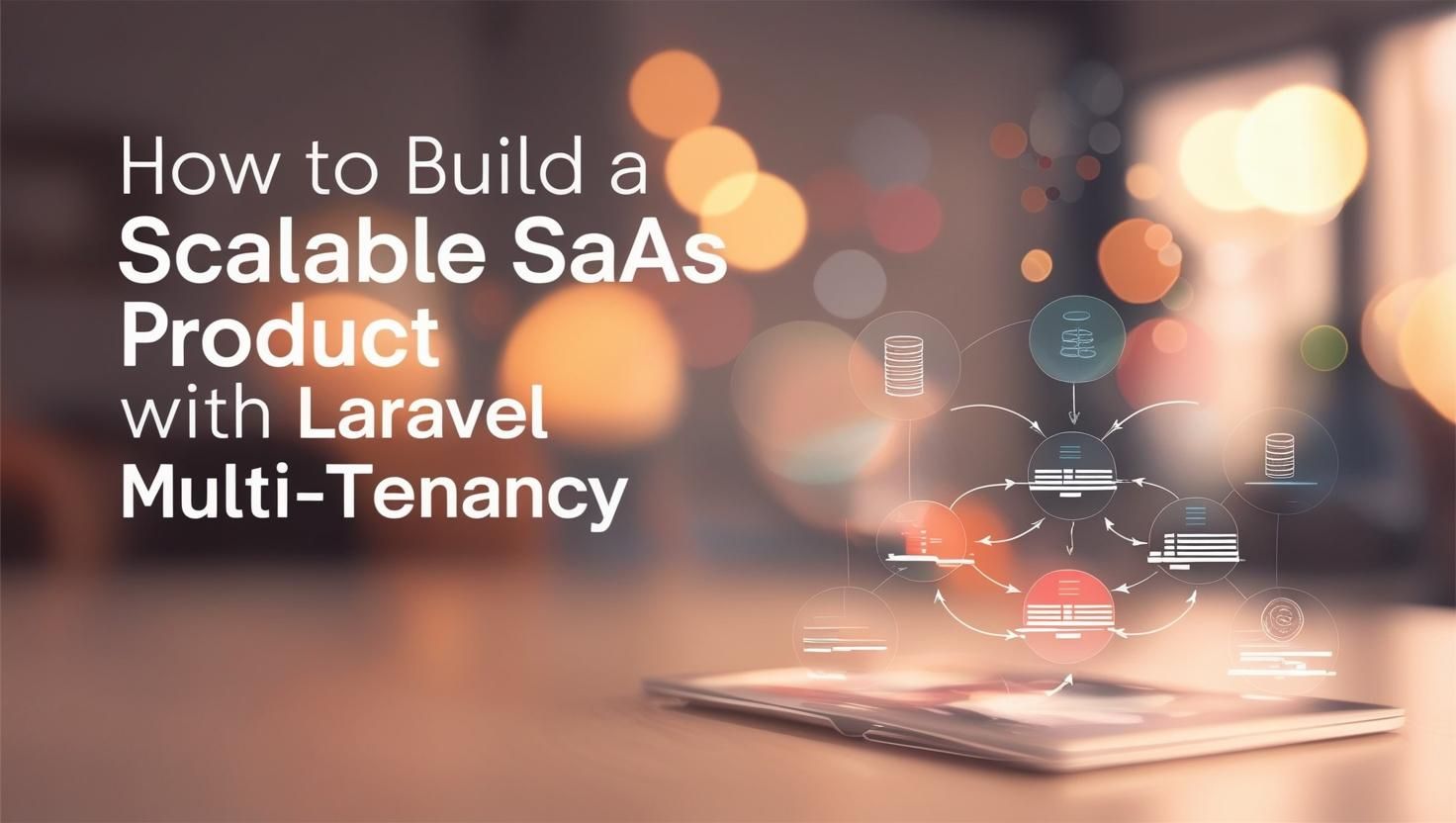In today’s digital landscape, Software as a Service (SaaS) applications are booming due to their scalability, affordability, and ease of use. If you’re a Laravel developer looking to launch your own SaaS product, implementing multi-tenancy is a crucial step. Multi-tenancy allows a single instance of your application to serve multiple customers (tenants), keeping their data isolated and secure.
In this blog, we’ll explore how to build a SaaS product using Laravel with multi-tenancy architecture, the benefits it brings, and a step-by-step guide to get started quickly and efficiently.
What is Multi-Tenancy in Laravel?
Multi-tenancy is a software architecture pattern where a single application instance serves multiple tenants (users or businesses), each with their own data and configurations. In Laravel, you can implement multi-tenancy in two common ways:
- Single Database, Shared Schema: All tenants share the same database, but data is separated by a tenant ID.
- Multiple Databases: Each tenant gets their own database, offering better data isolation and scalability.
Why Use Laravel for a SaaS Product?
Laravel provides everything a SaaS product needs:
✅ Elegant syntax
✅ Powerful Eloquent ORM
✅ Blade templating engine
✅ Built-in authentication
✅ Robust ecosystem (Livewire, Horizon, Nova, etc.)
With the help of Laravel packages like tenancy/tenancy or spatie/laravel-multitenancy, implementing multi-tenancy becomes clean and maintainable.
Step-by-Step: Build a SaaS Product with Laravel Multi-Tenancy
Step 1: Install Laravel
composer create-project laravel/laravel your-saas-app
Step 2: Install a Multi-Tenancy Package
Let’s use Spatie’s package for simplicity:
composer require spatie/laravel-multitenancy
php artisan vendor:publish --provider="Spatie\Multitenancy\MultitenancyServiceProvider"
Step 3: Configure Tenants
Create a Tenant model and migration:
php artisan make:model Tenant -m
Your tenants table might include:
Schema::create('tenants', function (Blueprint $table) {
$table->id();
$table->string('name');
$table->string('domain')->unique();
$table->timestamps();
});
Step 4: Middleware for Tenant Identification
Spatie’s package allows automatic tenant identification based on domain or subdomain. You just need to configure it in config/multitenancy.php.
Example:
'tenant_finder' => Spatie\Multitenancy\TenantFinder\DomainTenantFinder::class,
Step 5: Create Tenant-Aware Models
Make your models tenant-aware so each tenant accesses only their data.
use Spatie\Multitenancy\Models\Concerns\UsesTenantConnection;
class Project extends Model
{
use UsesTenantConnection;
}
Step 6: Route Setup
Laravel routes can be configured to work under subdomains or paths:
Route::domain('{tenant}.yourapp.com')->group(function () {
// Tenant-specific routes
});
Step 7: Onboarding New Tenants
Create an onboarding process that registers a new tenant, creates their database (if needed), and seeds basic data.
$tenant = Tenant::create([
'name' => 'Acme Inc.',
'domain' => 'acme.yourapp.com'
]);
$tenant->makeCurrent();
Best Practices
- Use queue and cache drivers that support multiple tenants.
- Keep tenant-specific logic in separate service classes.
- Monitor and log activity per tenant.
- Automate tenant creation and billing (Stripe, Paddle, etc.).
Conclusion
Building a SaaS product with Laravel multi-tenancy is a game-changer. It allows you to scale your business, serve multiple clients securely, and maintain a single codebase. With the right setup and best practices, your Laravel SaaS can grow from a side project to a full-fledged startup.
Whether you’re launching a CRM, e-learning platform, or analytics dashboard — Laravel + multi-tenancy is a perfect combo for SaaS success.
